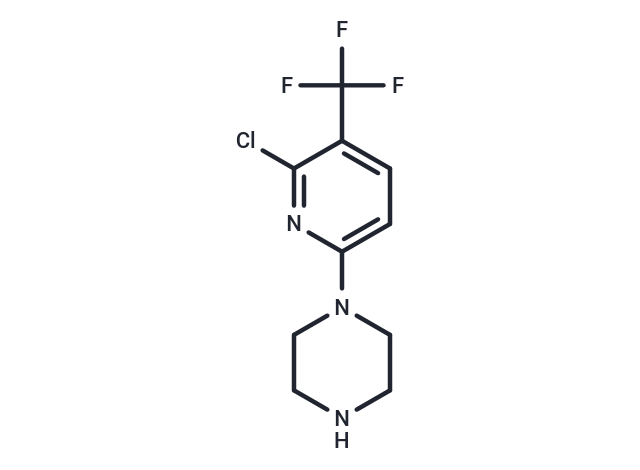Shopping Cart
- Remove All
 Your shopping cart is currently empty
Your shopping cart is currently empty

Org-12962 is an effective and selective 5-HT2C receptor agonist pEC50: 7.01). Org-12962 shows antiaversive effects in a rat model of panic-like anxiety. Org-12962 also shows high effacy for the 5-HT2A and 5-HT2B receptors (pEC50s: 6.38 and 6.28, respectively).

| Pack Size | Price | Availability | Quantity |
|---|---|---|---|
| 5 mg | $40 | In Stock | |
| 10 mg | $56 | In Stock | |
| 25 mg | $83 | In Stock | |
| 50 mg | $113 | In Stock | |
| 100 mg | $162 | In Stock | |
| 1 mL x 10 mM (in DMSO) | $44 | In Stock |
| Description | Org-12962 is an effective and selective 5-HT2C receptor agonist pEC50: 7.01). Org-12962 shows antiaversive effects in a rat model of panic-like anxiety. Org-12962 also shows high effacy for the 5-HT2A and 5-HT2B receptors (pEC50s: 6.38 and 6.28, respectively). |
| Targets&IC50 | 5-HT2C receptor:7.01 (pEC50), 5-HT2A receptor:6.38 (pEC50), 5-HT2B receptor:6.28 (pEC50) |
| In vivo | Org-12962 is dissolved or microsuspended in 0.3% v/v Tween 80 in physiological saline (NaCl 0.9%). Org-12962 (intraperitoneal injection; 0.3-3.2 mg/kg) obviously enhances the postinjection frequency thresholds for self-interruption (F3.71=11.40) [1]. |
| Molecular Weight | 265.66 |
| Formula | C10H11ClF3N3 |
| Cas No. | 132834-56-1 |
| Smiles | FC(F)(F)C1=CC=C(N=C1Cl)N1CCNCC1 |
| Relative Density. | 1.352 g/cm3 (Predicted) |
| Storage | Powder: -20°C for 3 years | In solvent: -80°C for 1 year | Shipping with blue ice. | |||||||||||||||||||||||||||||||||||
| Solubility Information | DMSO: 225 mg/mL (846.9 mM), Sonication is recommended. | |||||||||||||||||||||||||||||||||||
Solution Preparation Table | ||||||||||||||||||||||||||||||||||||
DMSO
| ||||||||||||||||||||||||||||||||||||

Copyright © 2015-2025 TargetMol Chemicals Inc. All Rights Reserved.